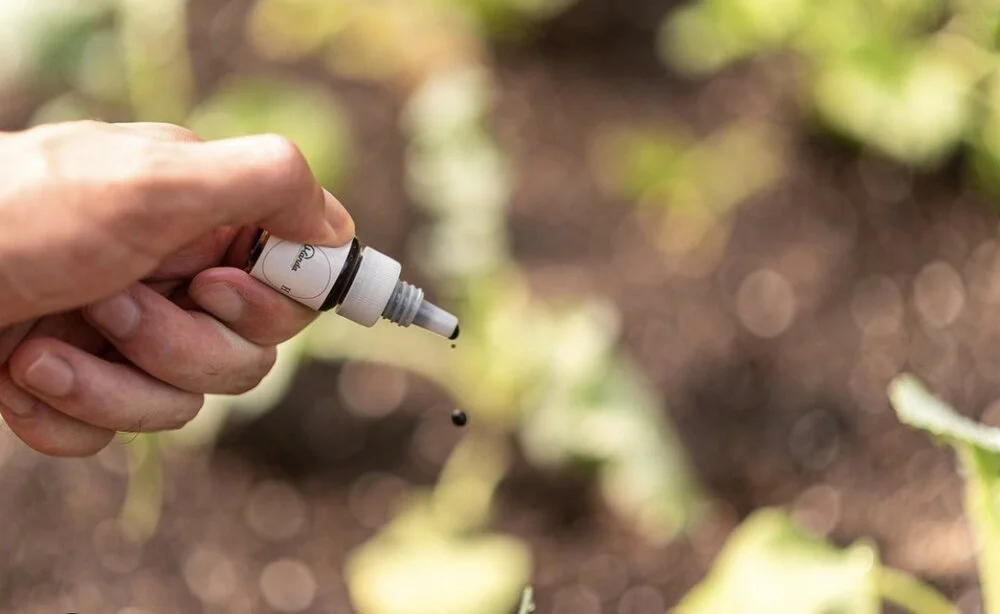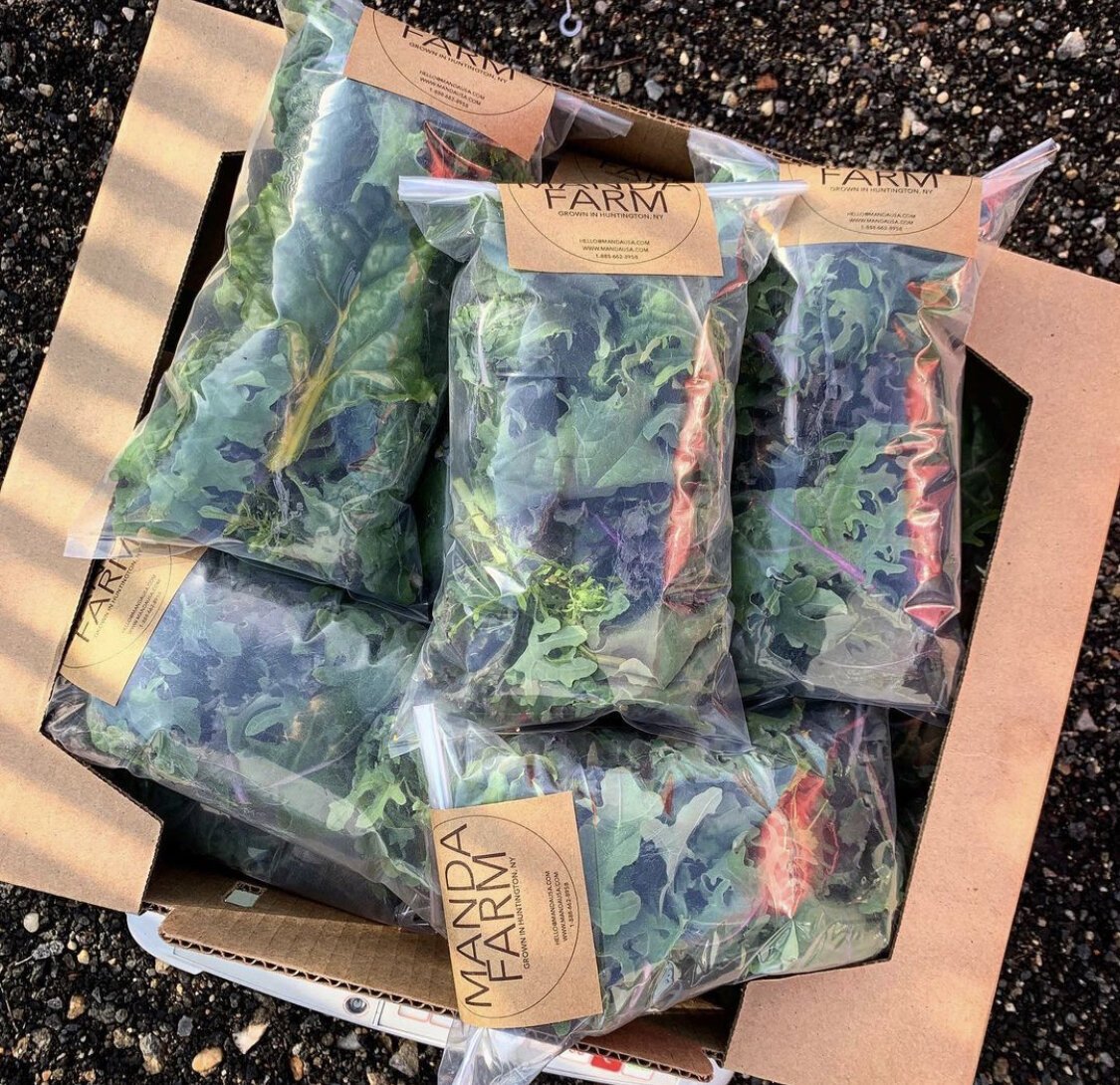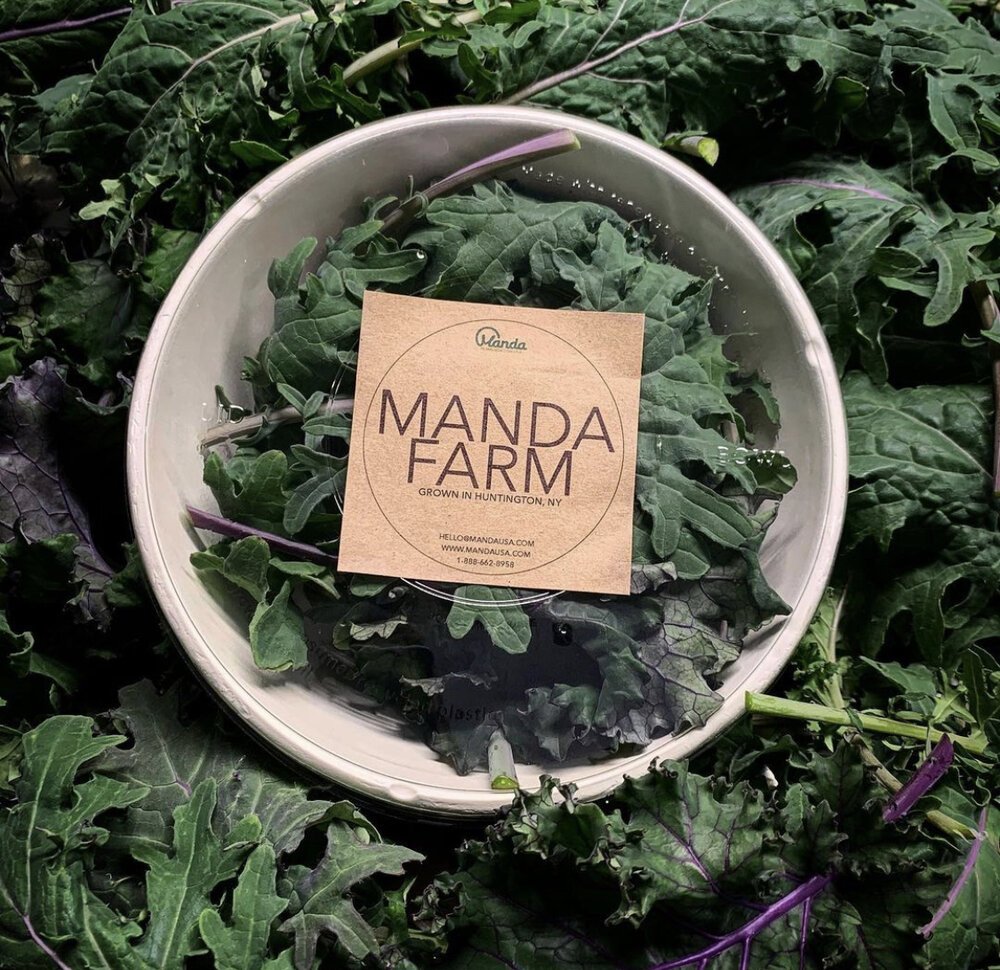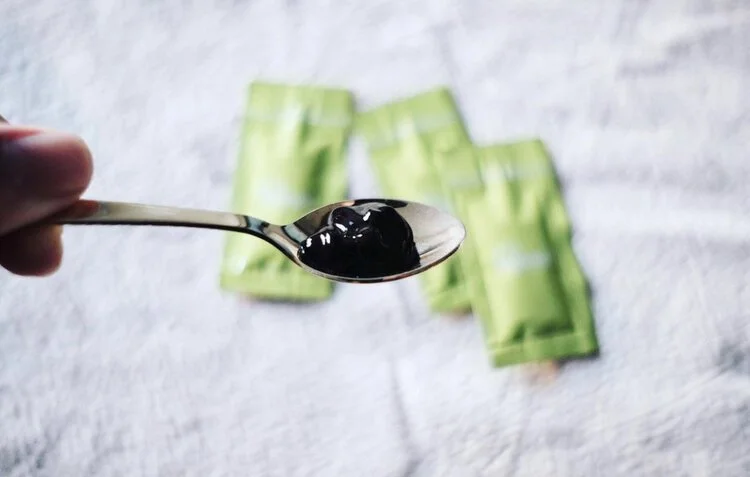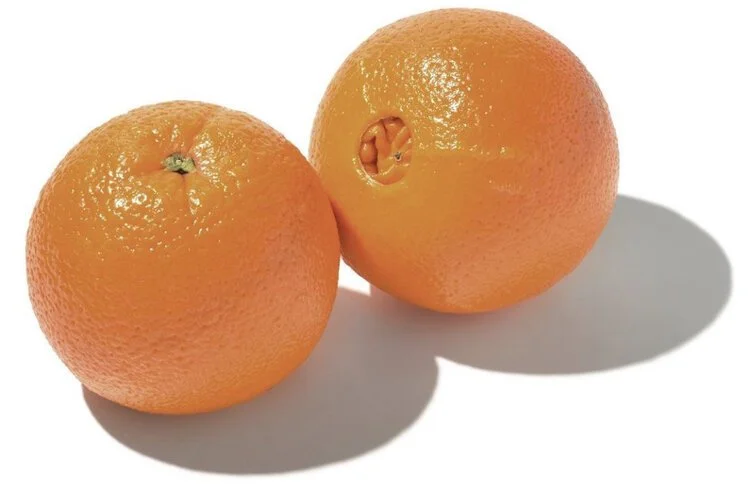How A Japanese Sake Distillery Grows Healthy Babies, Organic Gardens & Prevents Hangovers
Manda headquarters and factory in Innoshima, Japan.
Manda headquarters and factory in Innoshima, Japan.
By Janet Mercel
What happens when a 300 year old Japanese sake brewery applies their distillation technique to 53 different ripe fruits and vegetables, sea algae and grains, with all their seeds, skins, husks, leaves and shells, and lets it sit for over three years?
Answer: the “fermentation cocktail” that is Manda’s Wellness Superfood is born. Unless you live under a rock, you’ve probably heard that gut health is vital to your body’s balance, and that fermented foods; kombucha, miso, kimchi, sauerkraut, pickles, yogurt; are well known doses of lactic acid (read: good gut bacteria. For Why Fermented Foods Matter, see Gwyneth.)
For three hundred years, the Matsuura family ran a sake distillery on the tiny island of Innoshima, (about a 1.5 hour journey from Hiroshima), fine-tuning the process of fermentation through the making of rice wine. In the case of sake, rice starch turns into sugar and sugar turns into alcohol. In the case of Manda Superfood, the ingredients are blended and left to spontaneously ferment, stirred after two full years, and left to age further. The result is a sticky, edible paste that tastes like sweet baby food and delivers an antioxidant and nutrient rich, gut healing superpack.
FERMENTING HAPPINESS
For those who don’t read Goop regularly, spontaneous fermentation means the ingredients are left to interact with their natural air and temperature environment without any additives or meddling from the distillers. It’s an unusually pure processing technique, allowing for organic maturation and the maximum in vitamin preservation. As their master distillers say, “More touching by human hands spoils the batch.”
Manda sources as much seasonal produce as possible from their own farm, and the rest from all over the island in order to use only pesticide free, non-GMO raw materials. The only waste product in the operation comes from the water used to wash the fresh ingredients. But what I liked the most, and maybe the main difference between an Eastern and Western POV, was that for such an elevated product, it’s the least judgy approach to wellness I’ve seen in a while.
The Superfood was initially developed to create optimum conditions in pregnant women for themselves and their babies to thrive, but over the last couple of decades, it’s become one of Japan’s most popular supplements for everyone from children to the verymature, in part because Manda makes it quite clear that for all it’s intended immunity strengthening, digestion improving, inflammation reducing benefits, it’s also really, really good at preventing and repairing “lifestyle damage”, a message that, for obvious reasons, appeals to everyone.
It’s designed to soothe and stabilize people with nutritionally unbalanced diets. People who eat too much sugar. Or fat, or meat. People who drink too much, and people who are too busy or distracted to realize they’re vitamin deficient. So basically, college kids, and...everyone. I like that twelve generations of perfecting the art of sake production made the connection between alcohol fermentation and superfoods, and that it’s kind of impossible to be self righteous about body purity with that history.
I asked Tomoyuki Iwanami, Manda’s Creative Director, if he was surprised that the first thing I thought when I read the box was, “This stuff would be great for a hangover.”
“Actually,” he clarified, “I wouldn’t put this on the box, but, if you swallow a sachet before you drink alcohol, you won’t even get a hangover.” And lo, he was right.
PLANTS, PEOPLE + THINGS
In a truly holistic worldview, Manda isn’t just saving our bodies. It’s been on the commercial agriculture scene in Japan for decades, initially by a happy accident. “When they were developing the product,” Iwanami says, “there were some dying trees outside the factory. So they dumped excess supplement on the roots and the plants flourished. “We started producing large batch formulas intended for farms, and it proved to be a powerful biostimulator. The results were astounding.” Plants, he says, don’t lie. (The images of aggressively healthy produce in Manda’s ag-centric newsletters is reason enough to take up gardening.)
FOR THE LOVE OF GARDENING AND PLANT MAMAS
Enter Manda Harvest into the sphere of domestic plant mamas everywhere. “Home gardening was really emerging and we needed a product that’s not a farmer’s size 100 ml.” So they created a tiny little vial for small scale farmers, to be diluted one drop in a gallon of water. (Read: me, with my excess of hanging ivy and a Los Angeles window box full of mint and rosemary. Olivia Culpo and Tori Spelling (!) use it on their organic herb and vegetable gardens.)
“You could lick it off your hand if you had to. How often do you hear that about fertilizer in this country?” Iwanami asks. “It’s a very whole idea, the health of the earth and all its people, flourishing in all life forms.”
It’s been successfully used for years on acres of rice paddies in Myanmar and citrus groves in Japan, and now wine farmers in Napa have started using it to make their cabernet grapes thrive, blueberry and almond farmers along the coast have been catching on, and the fertilizer was just approved for use in Organic Farming by the California Department of Food & Agriculture (CDFA).
NYC + Hamptons PSA: Door-to-Door Sustainable Produce
Iwanami has his own authentic Japanese restaurant, Kaikagetsu, on the Lower East Side, and through the neighborhood was introduced to Jonathan Bernard, an organic farmer from Square Roots, the Kimball Musk (Elon’s brother) food waste reduction startup in Brooklyn.
“Just over a year ago, when we were expanding Manda to the U.S. market, we started saying, ‘We should have our own farm,’” Iwanami says. “We wanted to test crop our own product, and make vertical farms work anywhere- a parking lot, a basement, a sidewalk space. I knew I wanted to bring him on as our in-house farmer. And,” he adds, “I really wanted to use the vegetables at the restaurant.”
So that’s what he did, installing Bernard at Manda’s modular farm project in Huntington, NY, where they focus on running Manda Farm with less water waste and thoughtful processes, down to navigating less gas usage for local produce deliveries in and around Manhattan, and out to the East End.
HOW DO I EAT THIS?
Go beyond the smoothie.
Manda Superfood Sachet is the paste. A prebiotic sachet that balances your gut and boosts immunity you can swallow alone, or add to yogurt, salad dressing, a smoothie, et al. ($70/Box of 30)
Manda Superdrink is a prebiotic and probiotic drink powder with Matcha, Mulberry leaves (more nutrients than kale!), Young Barley leaves (iron & fiber), and 45 million live bacteria. Drink in a glass of plain water, but you can also put it in any smoothie, matcha lattes, cookie dough... ($40/Box of 15)
Do the math.
At first, the idea of paying $70/a month for another supplement was not something I warmed to. But when I thought about the cost behind a month of green juices, probiotic capsules and gummies, and the vitamins I’d give up in lieu of 53 concentrated nutrients and the lactic, acetic acid, and amino acids I’d be consuming in the fermented formula, I laughed aloud and happily committed to the idea.
Does It Work Though?
Manda's research and academic data is so thorough it’s mind-boggling, so instead of going over it here, I’ll talk about me.
Skin
My skin hasn’t been the same since I moved to L.A. from New York City. Maybe it’s the West Coast water, the combination of smog and desert air and wildfire smoke, or the relentless sunlight, but gone is the balm of East Coast humidity. I’ve learned enough about the gut-skin connection in recent years to know that inner balance contributes to outer calm, and fermentation has long been linked to relief from skin issues. When I’m consistent about taking my Superfood sachet, I can see it in my face after a few days. Everything is less irritated, and redness fades. I am, generally speaking, more emollient. I can’t escape the California air, but I can regulate its parch-inducing effects from the inside.
Endurance + Energy
I’ve been a long-distance runner for a lot of years and have tried my fair share of energy gels and magic packets. I’ve always preferred bananas but there’s only so many you can eat or carry on a 15-mile run. I’ve been lagging in my distance for a while now, but noticed the days I went faster, and longer, felt mentally clocked in, and physically stronger were attributed to swallowing a sachet before I went out. (That, and switching from motivation-killing talk radio podcasts to upbeat playlists.)
Afternoon Snack Boredom Lull
I am the #1 Most Guilty of losing all focus in the mid-afternoon when I still have a solid 2 or 3 hours of honest work left to do, and am perfectly willing to stop everything I’m doing in the name of a dinner-compromising crunch attack. Now I swallow a Superfood instead, or down a Superdrink in an 8 oz glass of water, and I don’t need anything until dinner, (now with fearless quantities of wine, of course.)




